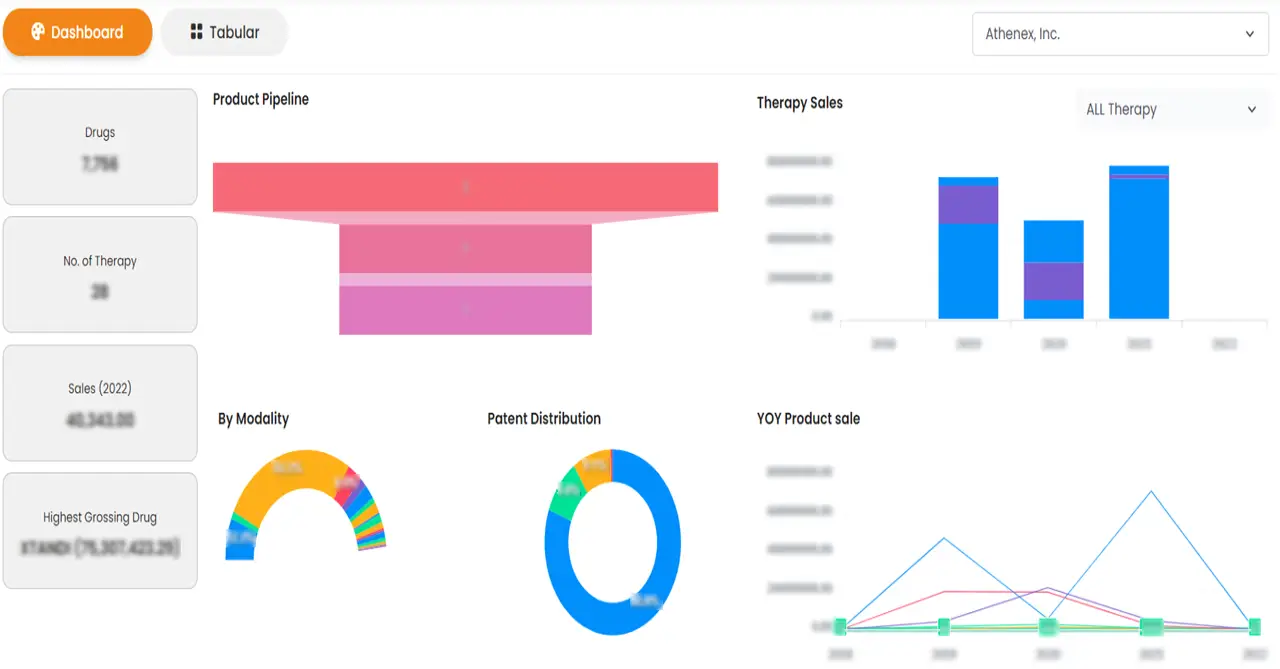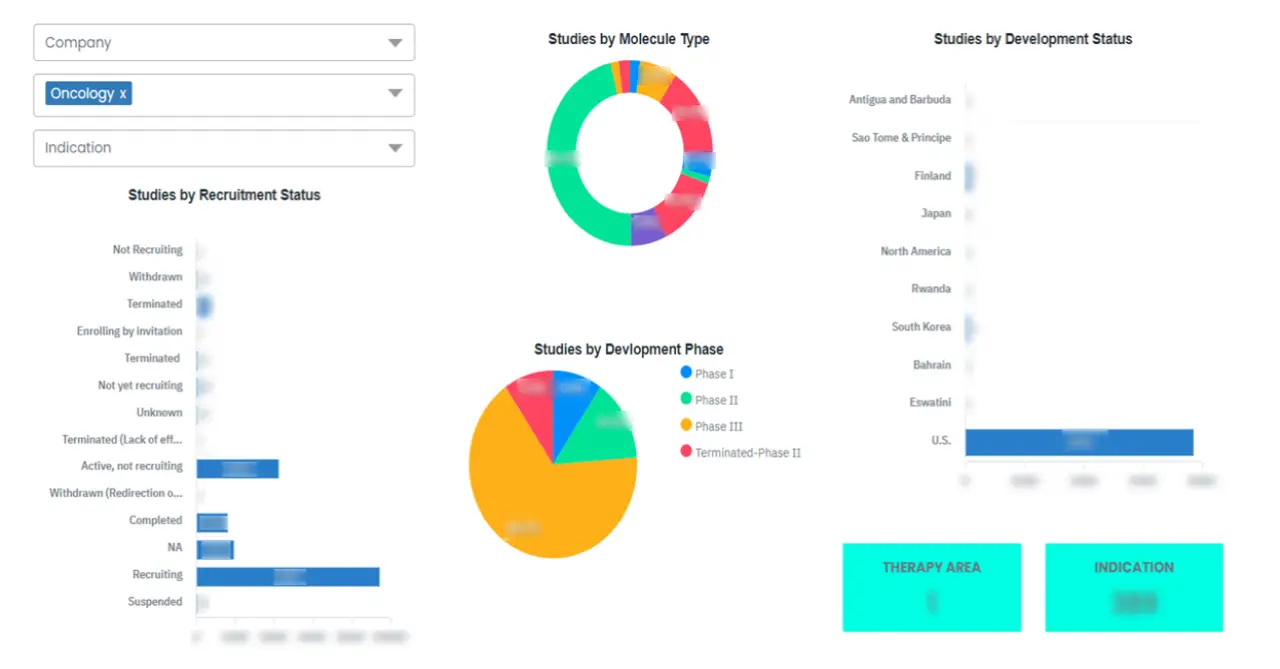Global Alpha1-Antitrypsin Deficiency Treatment Market, By Treatment Type (Augmentation Therapy, Bronchodilators, Corticosteroids, Oxygen Therapy, Others), Route of Administration (Parenteral, Inhalation, Oral), End User (Hospitals, Specialty Clinics, Pharmacies) - Industry Trends and Forecast to 2029
Market Analysis and Insights
A person suffering from any kind of cardiovascular disease or disorder may invite severe damaging agents to the liver and lungs. Alpha1-antitrypsin is one such life threatening disease. It is a genetic disorder which cannot be fully cared, however, can be managed to some extent. The body of a person suffering from alpha1-antitrypsin deficiency becomes incapable of producing sufficient alpha1-antitrypsin protein. This results in having an adverse effect on the body of that particular individual.
- The alpha1-antitrypsin deficiency treatment are supportive and aim to reduce the severity of the symptoms. Data Bridge Market Research analyses that the alpha1-antitrypsin deficiency treatment market will grow at a CAGR of 10.07% during the forecast period of 2022 to 2029.
Alpha1-Antitrypsin Deficiency Treatment Market Dynamics
Drivers
-
Old age population base
Geriatric population is more vulnerable to develop respiratory and cardiovascular disorders. Emphysema diseases, liver cirrhosis, chronic obstructive pulmonary diseases (COPD) and other such chronic diseases are responsible for damaging the cells in the body which as responsible for cultivating sufficient alpha1-antitrypsin proteins. This factor would therefore, increase the scope of growth for the alpha1-antitrypsin deficiency treatment market.
-
Increasing investment for healthcare infrastructure
Another significant factor influencing the growth rate of alpha1-antitrypsin market is the rising healthcare expenditure which helps in improving its infrastructure. Growth and expansion of healthcare industry especially in the developing economies would invite the use and application of nw and advanced medial technologies, equipment and drugs. This will directly increase the demand for alpha1-antitrypsin deficiency treatment.
-
Research and development activities
Growing number of strategic collaboration between public and private market players is inducing growth in the number of research and development activities on daily basis. These research and development proficiencies are being conducted in the area of novel drugs and medical technologies which will propel the demand for alpha1-antitrypsin deficiency treatment.
Furthermore, rising number of genetic tests, blood tests, and biopsy tests, rising initiatives by public and private organizations to spread awareness and well-organized distribution network of leading manufacturers are the factors that will expand the market growth rate. Other factors such as increase in the demand for effective therapies and rising adoption rate for early diagnostic procedures will positively impact the market's growth rate.
Opportunities
Rise in the level of personal disposable income and growing awareness in the developing economies pertaining to the availability of treatment options will further create lucrative market growth opportunities. Rising medical tourism globally, increase in the prescription for combination therapies and high potential of growth in the untapped market will create enough market growth opportunities.
Restraints/Challenges
However, high costs associated with research and development proficiencies will emerge as one of the biggest restraints for the market. Dearth of awareness and required infrastructural facilities in the underdeveloped and backward economies and slow diagnosis rates of alpha1-antitrypsin deficiency will further derail the market growth rate. Slow rate of approval for drugs and inhibitors, very less availability of plasma fractionation capacity and increasing cases of patent expiry will also challenge the market growth rate.
This alpha1-antitrypsin deficiency treatment market report provides details of new recent developments, trade regulations, import-export analysis, production analysis, value chain optimization, market share, impact of domestic and localized market players, analyses opportunities in terms of emerging revenue pockets, changes in market regulations, strategic market growth analysis, market size, category market growths, application niches and dominance, product approvals, product launches, geographic expansions, technological innovations in the market. To gain more info on alpha1-antitrypsin deficiency treatment market contact Data Bridge Market Research for an Analyst Brief, our team will help you take an informed market decision to achieve market growth.
Patient Epidemiology Analysis
According to Kamada Ltd, in United States, there are at the moment 100,000 individuals suffering from alpha1-antitrypsin deficiency.
The alpha1-antitrypsin deficiency treatment market also provides you with detailed market analysis for patient analysis, prognosis and cures. Prevalence, incidence, mortality, adherence rates are some of the data variables that are available in the report. Direct or indirect impact analyses of epidemiology to market growth are analysed to create a more robust and cohort multivariate statistical model for forecasting the market in the growth period.
COVID-19 Impact on Alpha1-Antitrypsin Deficiency Treatment Market
COVID-19 has led to denting the alpha1-antitrypsin deficiency treatment market growth rate. The consumer demand has subsequently reduced owing to the increased focus towards reducing non-essential expenses. Further, supply chain disruptions owing to restrictions and lockdown have hampered to effectivity of online and offline distribution channels. However, it must be noted that the post pandemic phase will generate lucrative growth opportunities for the alpha1-antitrypsin deficiency treatment market.
Recent Development
- Green signal by the regulatory authorities in Europe is anticipated to propel growth in the demand for Respreeza/Zemaira by the end of 2028.
- In September 2019, Kamada Ltd., extended their strategic supply to Takeda Pharmaceutical Company Limited produce Alpha 1 Proteinase Inhibitor for humans called ‘Glassia’ through 2021.
Global Alpha1-Antitrypsin Deficiency Treatment Market Scope
The alpha1-antitrypsin deficiency treatment market is segmented on the basis of treatment type, route of administration and end user. The growth amongst these segments will help you analyze meager growth segments in the industries and provide the users with a valuable market overview and market insights to help them make strategic decisions for identifying core market applications.
Treatment Type
- Augmentation Therapy
- Bronchodilators
- Corticosteroids
- Oxygen Therapy
- Others
Based on treatment type, the alpha1-antitrypsin deficiency treatment market is segmented into augmentation therapy, bronchodilators, corticosteroids and oxygen therapy. Augmentation therapy has been further segmented into aralast, prolastin, zemaira/respreeza and glassia.
Route of Administration
- Parenteral
- Inhalation
- Oral
Based on route of administration, the alpha1-antitrypsin deficiency treatment market is segmented into parenteral, inhalation and oral.
End User
- Hospitals
- Specialty Clinics
- Pharmacies
Alpha1-antitrypsin deficiency treatment market is also segmented on the basis of end user is segmented into hospitals, specialty clinics and pharmacies.
Pipeline Analysis
In april 2019, Zemaira, an alpha 1 proteinase inhibitor for humans was approved by the United States Food and Drug Association, thereby allowing CSL Behring to offer these inhibitors in 4 as well as 5 gram vials. Takeda Pharmaceutical Company Limited, Kamada Pharmaceuticals, AstraZeneca, Pfizer, Inc., LFB Biomedicaments S. A., GlaxoSmithKline PLC, Boehringer Ingelheim GmbH and others are the involved in the development of potential drugs for the improvement of treatmentof alpha1-antitrypsin deficiency.
Alpha1-Antitrypsin Deficiency Treatment Market Regional Analysis/Insights
The alpha1-antitrypsin deficiency treatment market is analysed and market size insights and trends are provided by country, treatment type, route of administration and end user as referenced above.
The countries covered in the alpha1-antitrypsin deficiency treatment market report are U.S., Canada and Mexico in North America, Germany, France, U.K., Netherlands, Switzerland, Belgium, Russia, Italy, Spain, Turkey, Rest of Europe in Europe, China, Japan, India, South Korea, Singapore, Malaysia, Australia, Thailand, Indonesia, Philippines, Rest of Asia-Pacific (APAC) in the Asia-Pacific (APAC), Saudi Arabia, U.A.E, South Africa, Egypt, Israel, Rest of Middle East and Africa (MEA) as a part of Middle East and Africa (MEA), Brazil, Argentina and Rest of South America as part of South America.
North America dominates the alpha1-antitrypsin deficiency treatment market in terms of market share and market revenue and will continue to flourish its dominance during the forecast period. This is due to the presence of major key players, well-developed healthcare infrastructure in this region and rising cases of respiratory disorders. Europe on the other hand is projected to exhibit the highest growth rate during the forecast period due to the increasing patient pool and growing government support.
The country section of the report also provides individual market impacting factors and changes in regulations in the market domestically that impacts the current and future trends of the market. Data points such as new sales, replacement sales, country demographics, disease epidemiology and import-export tariffs are some of the major pointers used to forecast the market scenario for individual countries. Also, presence and availability of global brands and their challenges faced due to large or scarce competition from local and domestic brands, impact of sales channels are considered while providing forecast analysis of the country data.
Competitive Landscape and Alpha1-Antitrypsin Deficiency Treatment Market Share Analysis
The alpha1-antitrypsin deficiency treatment market competitive landscape provides details by competitor. Details included are company overview, company financials, revenue generated, market potential, investment in research and development, new market initiatives, global presence, production sites and facilities, production capacities, company strengths and weaknesses, product launch, product width and breadth, application dominance. The above data points provided are only related to the companies' focus related to alpha1-antitrypsin deficiency treatment market.
Some of the major players operating in the alpha1-antitrypsin deficiency treatment market are Grifols, S.A., Kamada Pharmaceuticals., CSL, Arrowhead Pharmaceuticals, Inc., CHIESI Farmaceutici S.p.A., AstraZeneca, Henry Schein, Inc., Healthy Life Pharma Private Limited., Hovione, Switzer Life science Pvt. Ltd., Cyndea Pharma, Anuh Pharma Ltd., Cipla Inc., Pfizer Inc., Anantco Enterprises Pvt. Ltd., Novo Nordisk A/S, Otsuka America Pharmaceutical, Inc., Bristol-Myers Squibb Company, Hikma Pharmaceuticals PLC, Teva Pharmaceutical Industries Ltd, and WOCKHARDT among others.
SKU-
Get online access to the report on the World's First Market Intelligence Cloud
- Interactive Data Analysis Dashboard
- Company Analysis Dashboard for high growth potential opportunities
- Research Analyst Access for customization & queries
- Competitor Analysis with Interactive dashboard
- Latest News, Updates & Trend analysis
- Harness the Power of Benchmark Analysis for Comprehensive Competitor Tracking
研究方法
数据收集和基准年分析是使用具有大样本量的数据收集模块完成的。该阶段包括通过各种来源和策略获取市场信息或相关数据。它包括提前检查和规划从过去获得的所有数据。它同样包括检查不同信息源中出现的信息不一致。使用市场统计和连贯模型分析和估计市场数据。此外,市场份额分析和关键趋势分析是市场报告中的主要成功因素。要了解更多信息,请请求分析师致电或下拉您的询问。
DBMR 研究团队使用的关键研究方法是数据三角测量,其中包括数据挖掘、数据变量对市场影响的分析和主要(行业专家)验证。数据模型包括供应商定位网格、市场时间线分析、市场概览和指南、公司定位网格、专利分析、定价分析、公司市场份额分析、测量标准、全球与区域和供应商份额分析。要了解有关研究方法的更多信息,请向我们的行业专家咨询。
可定制
Data Bridge Market Research 是高级形成性研究领域的领导者。我们为向现有和新客户提供符合其目标的数据和分析而感到自豪。报告可定制,包括目标品牌的价格趋势分析、了解其他国家的市场(索取国家列表)、临床试验结果数据、文献综述、翻新市场和产品基础分析。目标竞争对手的市场分析可以从基于技术的分析到市场组合策略进行分析。我们可以按照您所需的格式和数据样式添加您需要的任意数量的竞争对手数据。我们的分析师团队还可以为您提供原始 Excel 文件数据透视表(事实手册)中的数据,或者可以帮助您根据报告中的数据集创建演示文稿。














